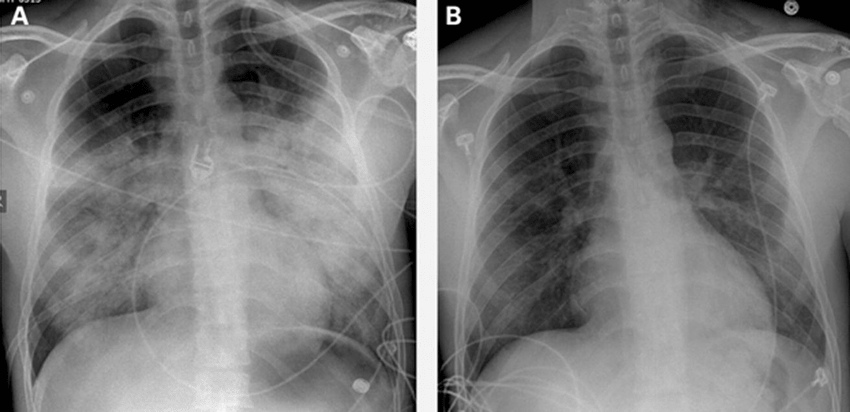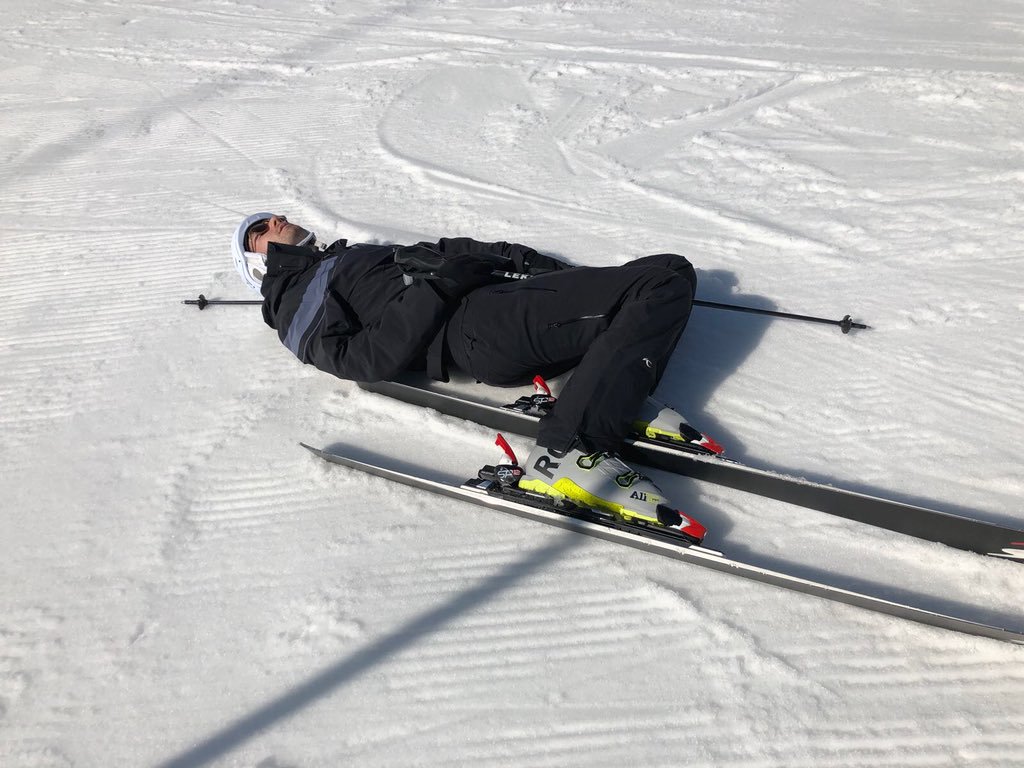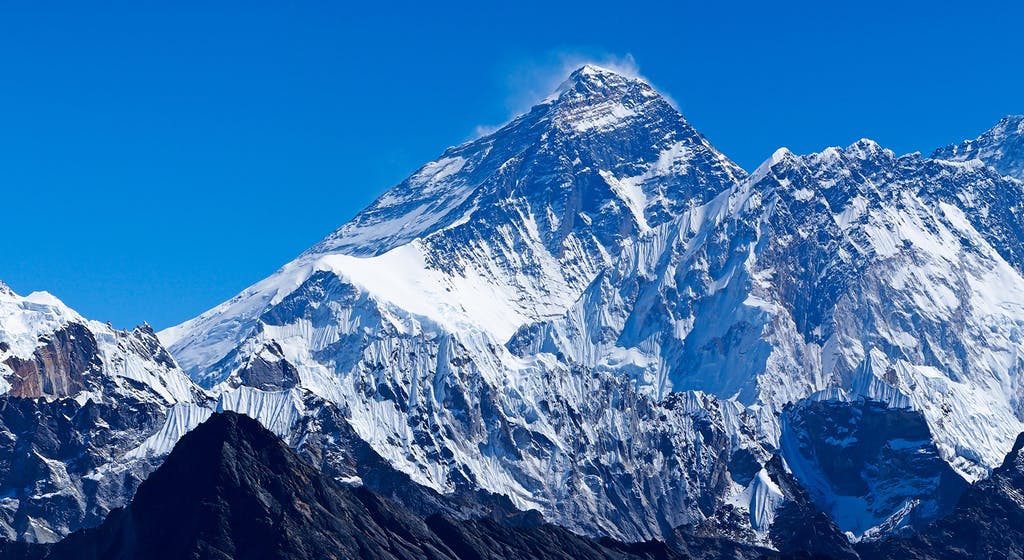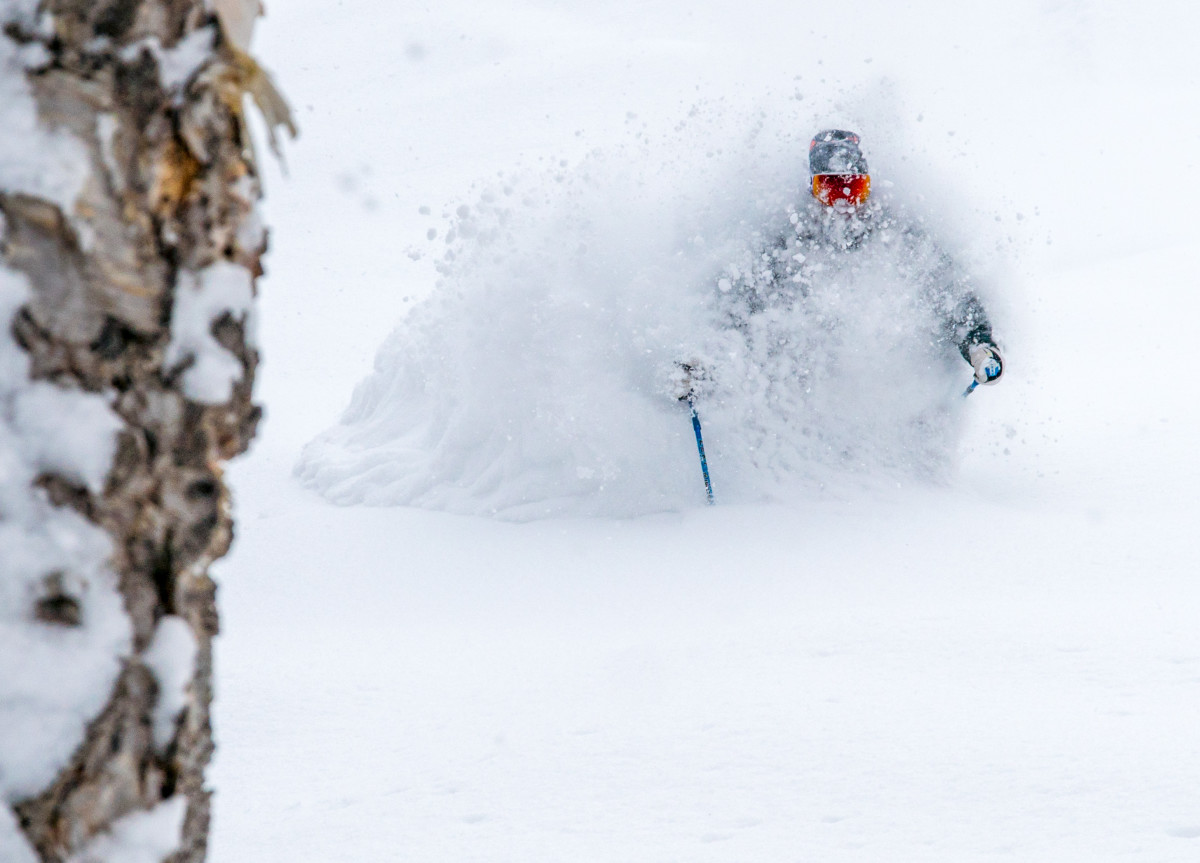
High altitude pulmonary edema, or HAPE, is the most deadly type of altitude sickness. HAPE is a condition where a person’s lungs fill with fluid, preventing oxygenation of blood and causing a variety of unpleasant symptoms. It usually occurs within 4-5 days of reaching an altitude greater than 8000 feet and often happens to people who are physically fit and otherwise healthy.
According to the people behind the largest HAPE database it is impossible to tell who may be susceptible to the disease. Since anyone can contract it, it is important to know the signs and symptoms. HAPE occurs gradually. It begins similar to some common illnesses, with a mild cough and generally feeling tired. As it progresses, however, the symptoms become more severe. The mild cough becomes terrible and can produce pinkish phlegm. The fatigue can become so extreme that it makes walking on flat ground exhausting. A person affected by HAPE usually experiences a quickened heartbeat and breathing, along with a shortness of breath even while resting, and their skin can even turn a blueish hue. With an increasing amount of fluid taking up space in their lungs breathing will become more and more inhibited leading to death if no action is taken.

If you or someone you are with begins to notice these symptoms the best thing you can do is get the person to a lower altitude. By increasing their oxygen intake some symptoms might decrease or go away altogether. Some of the more severe symptoms may stick around for a few days in which case it would not be a bad idea to seek medical attention.
“For the mountaineer in a remote area without medical care, descent has first priority,”
said Marco Maggiorini, a swiss professor who began researching HAPE treatment in 1983.

There are methods and drugs that can help people prevent HAPE. Acclimatization is one of the best ways to prevent it, along with monitoring the increase in altitude.
“For the prevention of HAPE, slow ascent (<400 m/day) is strongly recommended,” said Maggiorini. “ If this is not possible, prophylaxis with vasodilators such as nifedipine or tadalafil has been shown to be effective.”

Awareness of HAPE is the first step to preventing deaths. If the affected person is removed from high altitude or receives medical attention in a timely manner they should be fine, so make sure you are familiar with the signs and symptoms.